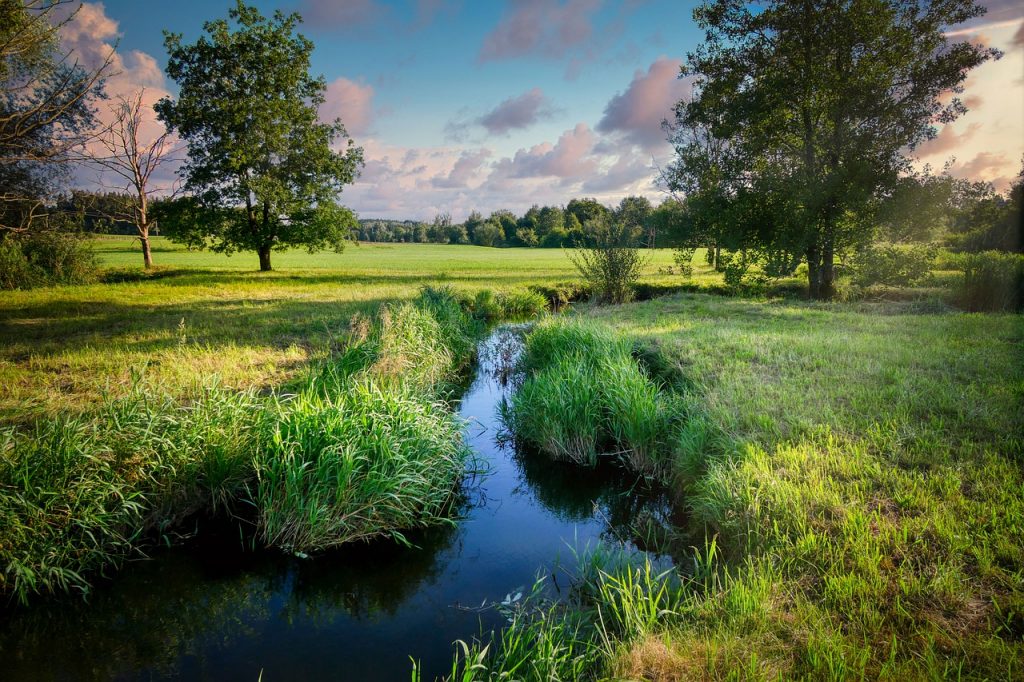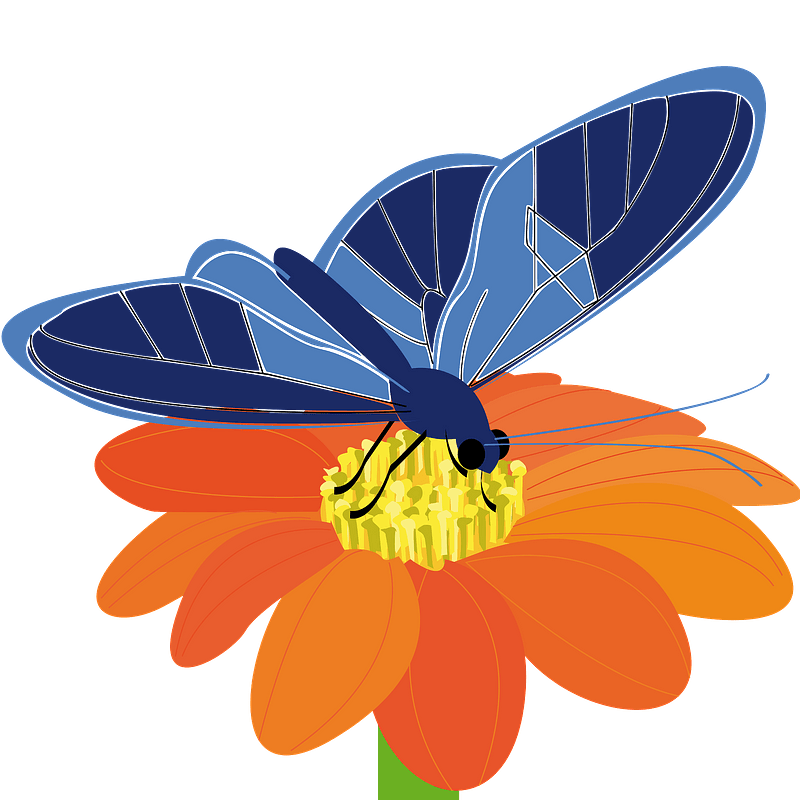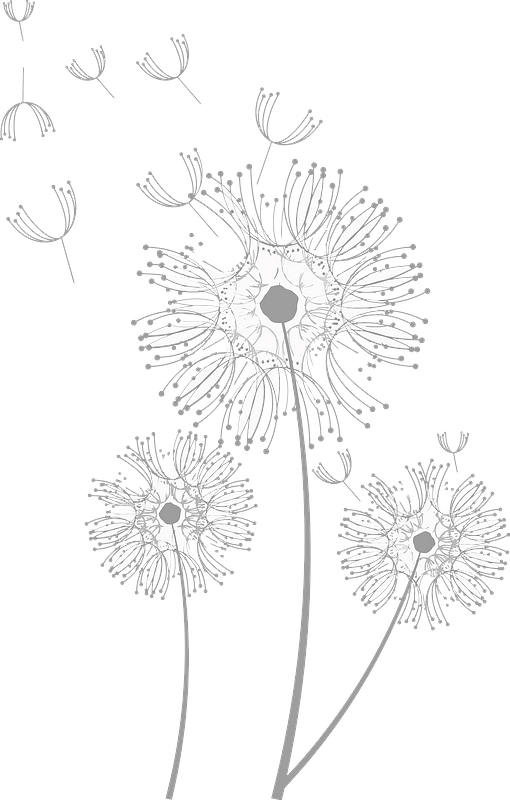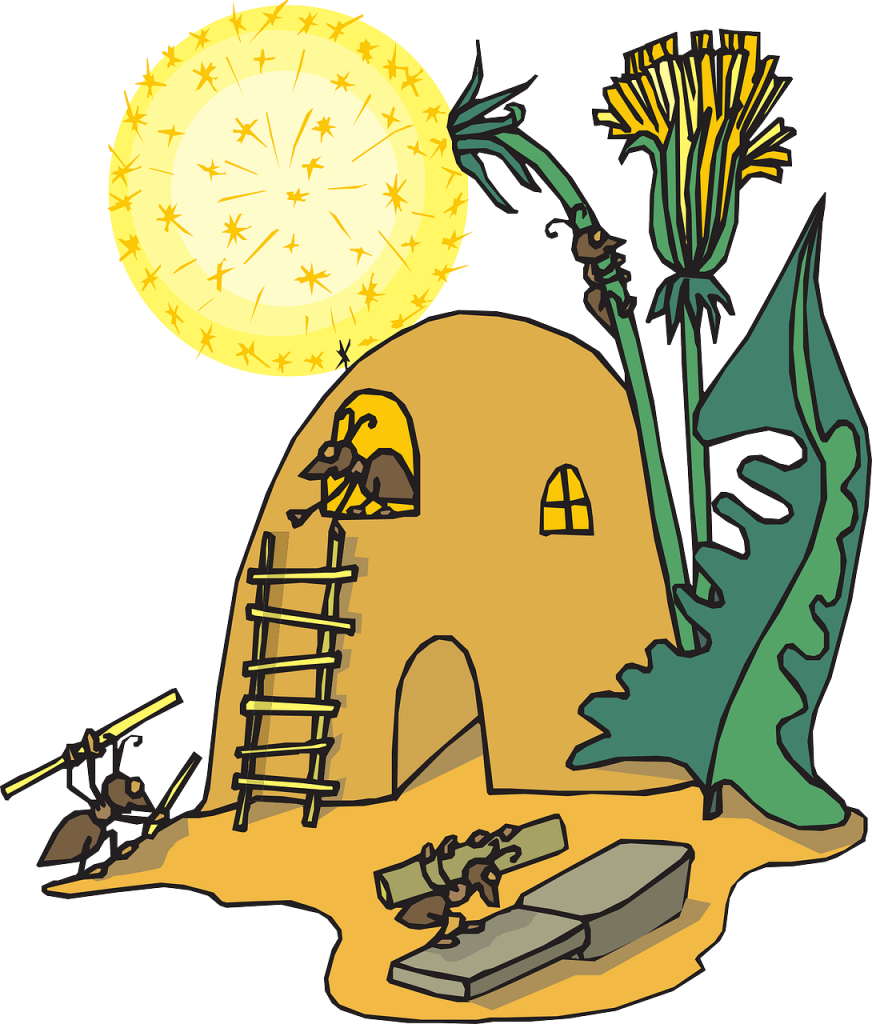
CBSE Summary with NCERT Solutions For Class 7 English Honeycomb Poem 8 Meadow Surprises for revision and better performance in tests and exams. The poet, Lois Brandt Phillips, in this cheerful poem, teaches us to have a keen eye and attention to look at the nature’s surprises. Below you can find a brief explanation of the lesson and NCERT Solutions For Class 7 English Poem 8 Meadow Surprises.
Read more: Chapter 6 Expert Detectives NCERT Solutions For Class 7 English Honeycomb
Let’s Summarise Class 7 English Honeycomb Meadow Surprises
(Also find NCERT Solutions For Class 7 English Honeycomb Poem 8 Meadow Surprises given below).
The poet tells us that a meadow delivers several surprises to a person who is curious and attentive to look at the meadow.
Some surprises that nature provides us are described by the poet as – walking on the soft velvety grass, the sound of the brook, a butterfly sipping nectar from the flowers. These sceneries give us peace and contentment.

The poet further interprets us that in a meadow, one may find a rabbit hidden in the grass, hiding somewhere initially, but will hop in front of you in some time. A dandelion that was golden a couple of days ago would have also bloomed and is now white.
read more: NCERT Solutions For Class 7 English Honeycomb Poem Chapter 4 Chivvy
A meadow is a habitat to many, there would burrows in the ground, nests beneath the tall grasses, mounds for ants. Nature has surprises for everyone.
Stanza wise Explanation of the Poem
(All the italicized lines given below have been taken from Lois Brandt Phillips’ poem, ‘Meadow Surprises’ . Also find NCERT Solutions For Class 7 English Honeycomb Poem 8 Meadow Surprises below)
Stanza 1
Meadows have surprises,
You can find them if you look
WALK softly through the velvet grass,
AND listen by the brook.
If a person has a curious eye, he’ll know that a meadow has several surprises to offer. It is delightful to walk through the velvety soft grass and relaxing to hear the sound of the brook.
.

Stanza 2
You may see a butterfly
Rest upon a buttercup
And unfold its drinking straws
To sip the nectar up.
The poet draws out the various visuals one may find in a meadow, like seeing a butterfly crouching upon her buttercup or flowers full of nectar. One could see it drinking the nectar from it’s drinking straws.

Stanza 3
You may scare a rabbit
Who is sitting very still;
Though at first, you may not see him,
When he hops you will.
The poet mentions another cheery scene, where one may not be able to see the hiding rabbit initially but the rabbit might get terrified by our footsteps and would hop out of the grass.

Stanza 4
A dandelion whose fuzzy head
Was golden days ago
Has turned to airy parachutes
That flutter when you blow.
The poet now helps us imagine the beautiful scenery of blooming. He says that dandelions that arose as golden some days back have bloomed and flutter as one blows at them briskly.

Stanza 5
Explore the meadow houses,
The burrows in the ground,
A nest beneath tall grasses,
The ant’s amazing mound.
The poet describes the meadow as an abode to many. There are burrows in the ground, meant for smaller animals. Some nests are found beneath the tall grass and hills for the ants are some generic examples.

Stanza 6
Oh! Meadows have surprises
And many things to tell;
You may discover these yourself,
If you look and listen well.
If one is curious enough and can pay a little attention, look and listen patiently, then one is bound to find many beautiful surprises offered by the meadow as meadows have hidden life and secrets to be explored and shared.

Poem Analysis For Class 7 English Honeycomb Poem 8 Meadow Surprises
(Also find NCERT Solutions For Class 7 English Honeycomb Poem 8 Meadow Surprises given below)
- Form (structure or pattern) of the poem – The poem has 6 stanzas.
- Style (literary elements used by the poet) of the poem – The poem is written in a rhyme scheme of ABCB which is a simple four-line rhyme scheme.
- Tone (the poet’s or reader’s attitude towards the subject) of the poem – The poem has a cheerful and imaginative tone.
Poetic Devices
(Also find NCERT Solutions For Class 7 English Honeycomb Poem 8 Meadow Surprises given below)
- Imagery – Descriptive language that can function as a way for the reader to better imagine the poem. From the poem, velvet grass, sip the nectar up, fuzzy head.
- Alliteration – The occurrence of the same letter or sound at the beginning of adjacent or closely connected words. From the poem, sitting very still, ant’s amazing, look, and listen.
- Metaphor – A figure of speech that directly refers to one thing by mentioning another. From the poem, velvet grass.
NCERT Solutions For Class 7 English Honeycomb Poem 8 Meadow Surprises
Working with the Poem
Q. 1. Read the lines in which the following phrases occur. Then discuss with your partner the meaning of each phrase in its context.
- Velvet grass
- Drinking straws
- Meadow houses
- Amazing mound
- Fuzzy head
A)
- The velvet grass refers to the softness of the grass which is similar to velvet.
- By drinking straws, the poet puts forward the scene of a butterfly sucking the nectar which appears as if it is drinking the nectar from a straw.
- Meadow houses are a reference to burrows, nests, and mounds. that houses many animals, birds, and insects.
- The amazing mound is the compliment to the hill created by the ants as their abode.
- Fuzzy head refers to the bloomed heads of flowers.
Q. 2. Which line in the poem suggests that you need a keen eye and a sharp ear to enjoy a meadow? Read aloud the stanza that contains this line.
A) The line that suggests having a curious eye for nature’s surprises is – “You may discover these yourself you look and listen well.”
Q. 3. Find pictures of the kinds of birds, insects, scenes mentioned in the poem.
A) You may find such pictures as you read through the summary.
Practice Last Year Question Papers
Some Frequently Asked Questions
Below are FAQs from NCERT Solutions For Class 7 English Honeycomb Poem 8 Meadow Surprises
Q. 1. How do you scare a rabbit?
A) A rabbit sitting still would get scared by the sound of our feet.
Q. 2. Why do dandelions become airy parachutes?
A) The dandelions bloom to become dry and light, and hence can be blown off with a soft blow of air, therefore, they are called air parachutes.
Q.3. Who is the poet of the poem ‘Meadow Surprises’?
A) Lois Brandt Phillips, an American poetess, wrote ‘Meadow Surprises.’ She is also a well-known editor, author, and dramatist. In this poem, she employs her imagination, observational skills, and fantasy to create stunning imagery.
Q.4. What is the poem honeycomb all about?
A) This poem discusses the significance of trees to all living things.
Q.5. What does the poet mean by meadow houses?
A) The poet refers to meadow buildings as bird houses, which are nests beneath long grass, rabbit houses, which are tunnels in the ground, and ant mounds.
Conclusion
The above written includes the explanation and question answers of NCERT Solutions For Class 7 English Poem 8 Meadow Surprises. Browse our site for various detailed and easy NCERT Solutions and CBSE Notes and Comprehensive Summary.